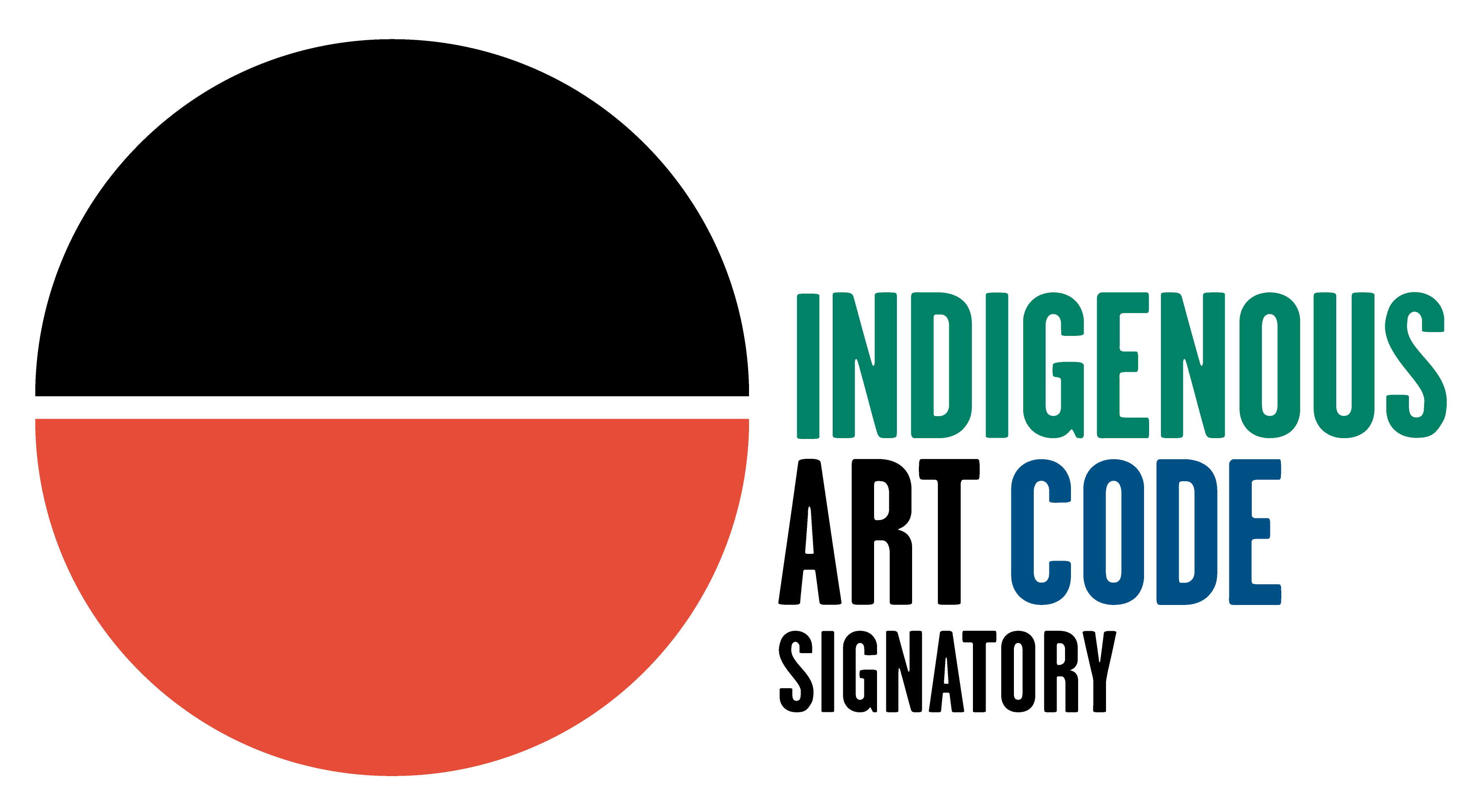John Wolseley b. 1938
Since moving to Australia in 1978, John Wolseley has immersed himself in the landscape, an approach which has given rise to a variety of different ways of collaborating with the land itself. His large scale works on paper, watercolours and installations are often based around scientific themes.
In the 1980s and 1990 his practice often included juxtaposing images of deep geological time with the shallow time of the present. This included the rising of the seas on the Kimberley coast, movement of sand dunes in the Simpson Desert and even the migration of the tectonic plates which once held the ancient continent of Gondwana together. This work was acknowledged in numerous exhibitions, grants and commissions. Including in 1996 the publication of a scholarly monograph by Sasha Grishin, John Wolseley: Landmarks (reprinted 2015) an Honorary degree of Doctor of Science (2005, Macquarie University) and the awarding of the Australian Council Visual Arts Emeritus Award (2005). In these years he developed the ability to see and paint the underlying forces which have shaped a particular landscape. Wolseley’s interest in flood plains was consolidated in the period from 2011-15 which he spent tracing water systems all over Australia for the commissioned project Heartlands and Headwaters: John Wolseley (NGV, 2016).
Over the last ten years Wolseley has also collaborated with the great Yolŋu artist Mulkuṉ Wirrpanda in a project to draw attention to the food plants which once kept her community healthy but which are now being replaced with European ‘junk’ food. (Midawarr/Harvest: The Art of Mulkuṉ Wirrpanda and John Wolseley, National Museum of Australia 2017) His exposure to her deep knowledge of every aspect of the great floodplain on which she lived influenced his ideas about how important it is to understand the flows of water, energy, wind, animals and plants if one has any hope of providing stewardship for the land. In the paintings which Wolseley produced under Mulkuṉ’s influence he was trying to show how a tropical river ecosystem can be painted as a kind of microcosm of our earth. A map of the dynamic systems of earth air and water which enfolds the lives of plants, insects and fish.
In recent years John Wolseley has regularly visited farming properties along the upper Murray and in the region around Albury. Here he discovered that both artists and farmers need to be attuned to the ways in which the land acts as a self-regulating system comprised of physical chemical, biological and human components all of which are delicately balanced and complex. Earth canvas was a pioneering project that coupled six well established artists with a number of regenerative farmers situated between the Murray and Murrumbidgee rivers. The work generated during this time toured to a number of regional galleries and then to the National Museum in Canberra in 2022.
17 November 2022
Since 2019 Wolseley has continued following creeks and rivers to the west of his home in the Whipstick Forest – travelling down the Banyena/Richardson and the Kurakibiyal/Avon rivers.
Provenance
John Wolseley is represented by Australian GalleriesSIGN UP TO OUR MAILING LIST FOR ALL THE NEWS
* denotes required fields
We will process the personal data you have supplied in accordance with our privacy policy (available on request). You can unsubscribe or change your preferences at any time by clicking the link in our emails.


